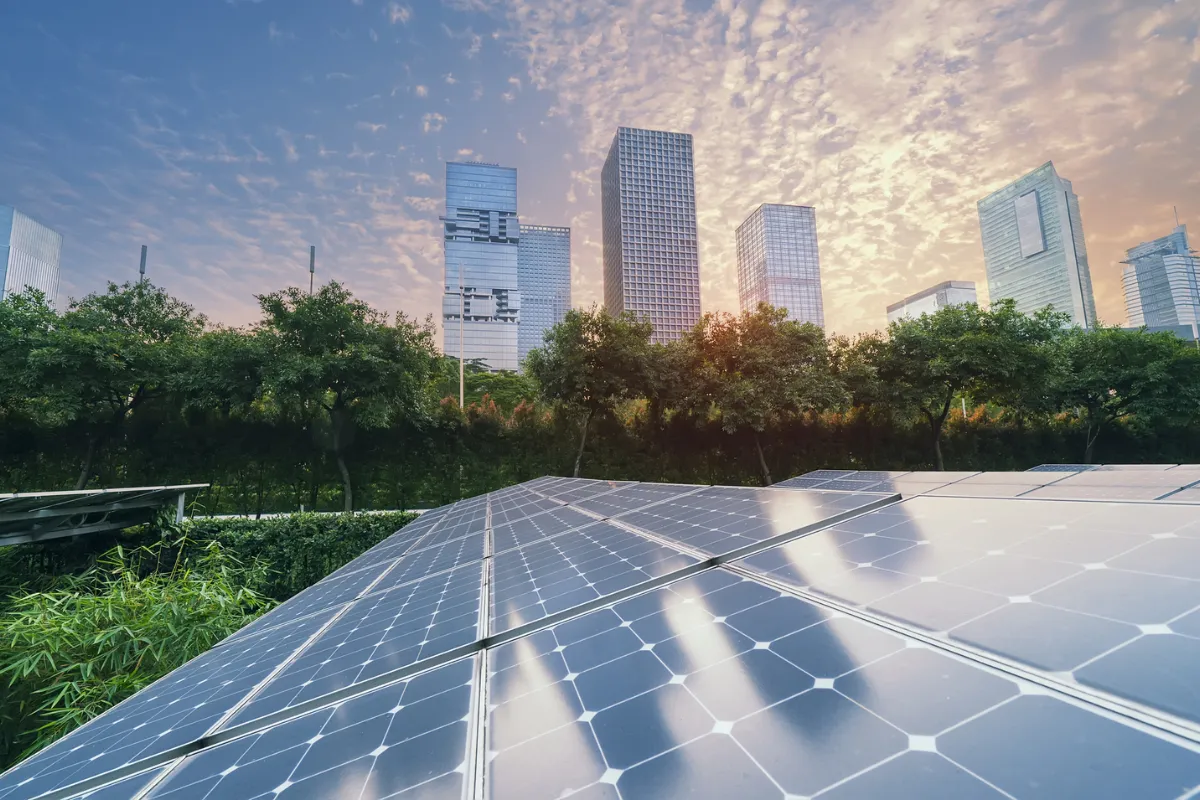
Corporate PPAs: Powering the Next Wave of Renewables
Corporate PPAs: Powering the Next Wave of Renewables (2024 and Beyond)
We see corporate power purchase agreements (PPAs) at RAE as one of the most powerful drivers of renewable deployment in the market today. The market has evolved quickly — and from 2024 and beyond, the pace and magnitude are going to accelerate even more significantly.
Here we break down the latest trends, risks, and opportunities for energy professionals working in this fast-changing landscape.
What is a Corporate PPA?
A corporate PPA is a long-term contract where a company buys electricity (and usually the green certificates) from a renewable project at pre-agreed terms.
Common models
On-site (behind-the-meter): Solar or wind on your site. Low grid charges; scale limited by site.
Off-site physical (sleeved): Off-site project delivers through the grid; a supplier/utility handles balancing and transfer.
Virtual / synthetic (VPPA): Financial contract-for-differences. You maintain your existing supply; settle price spread and receive certificates.
Why corporates utilise them
Lock in long-term price certainty and hedge wholesale volatility.
Deliver Scope 2 reductions and additionality.
Support new build where the grid mix remains carbon-intensive.
Market Snapshot: 2024 Onwards
Growth trajectory: Corporate PPAs are mainstream now. Volumes globally in 2024 will surpass all previous records, as pent-up demand, policy framework maturation, and the urgency of 2030 net-zero targets spur activity.
Regional dynamics:
North America: U.S. corporates remain the big buyers, with growth restarting in 2024 as Inflation Reduction Act incentives firm up pricing.
Europe: PPA activity remains on fire, with record volumes expected in Spain, Germany, France, Nordics and the UK.
APAC: India and China are now two of the largest PPA markets; Southeast Asia (Philippines, Vietnam) breaks new ground.
LATAM: Brazil and Chile remain leaders with trailblazing 24/7 and USD-indexed deals.
Sector growth: Heavy industry (mining, steel, chemicals) and hydrogen producers are joining tech and retail as major purchasers, enabling baseload and hybrid deals.
Policy Enablers 2024+
The regulatory landscape is shifting quickly in favour of corporate procurement:
United States: The Inflation Reduction Act (IRA) is driving record renewables build by extending tax credits and allowing credit transferability. This reduces developer costs and improves PPA pricing for corporates.
Europe: The EU’s Corporate Sustainability Reporting Directive (CSRD) and stricter renewables targets are pushing companies toward long-term PPAs. Guarantees of Origin (GOs) remain the backbone for claims.
India: Open access reforms and expanded Renewable Purchase Obligations have unlocked multi-gigawatt corporate deals, with corporates in IT and manufacturing leading adoption.
China: The expansion of its Green Electricity Certificate system now covers all renewables, enabling corporates to directly procure and claim clean power at scale.
Vietnam: A long-awaited Direct PPA pilot is underway, allowing large energy users to buy directly from renewable generators through the grid.
South Korea & Japan: Both have reformed markets to allow third-party PPAs, with big electronics and auto players testing the waters.
Together, these frameworks mean that corporate PPAs are no longer a niche — they are becoming a recognised policy instrument for national climate strategies.
Key Risks and Evolving Structures
While demand is booming, PPAs remain complex contracts. In 2024 and beyond, the following risks are front of mind:
Market price risk: Prices can swing below contracted levels, leaving buyers overpaying. More contracts now include collars, caps, and indexation to balance exposures.
Volume risk: Pay-as-produced PPAs leave buyers exposed to resource variability, while base load contracts push that risk to the seller (at a premium).
Shape risk: The mismatch between renewable output and a buyer’s load profile. Solutions include wind-solar hybrids, storage adders, or 24/7 PPAs.
Credit risk: Smaller buyers often lack the credit rating developers or lenders require. Multi-buyer aggregations, insurance wraps, and utility-sleeved models are gaining traction.
Grid delays: Interconnection bottlenecks remain a critical external risk. Curtailment clauses and hybridisation with batteries are becoming standard negotiating points.
Contract innovation is keeping pace:
Volume firming agreements insure against low output.
Proxy revenue swaps stabilise developer revenues.
Hybrid PPAs with firmed baseload profiles are increasingly attractive to heavy industry.
Where Growth is Coming Next
Emerging markets: Vietnam, South Africa, Poland, and Colombia are the new hot spots as regulation catches up with corporate demand.
Contract innovation: 24/7 PPAs combining wind, solar, and storage are fast becoming a benchmark for ambitious climate leaders.
Aggregated deals: Mid-sized corporates are pooling demand to access utility-scale projects, spreading credit and complexity risks.
Unlocking the Full Value
From 2024 onwards, corporate PPAs will be less a matter of early adoption, but of scale, sophistication, and integration.
For energy professionals, the question is no longer whether to sign a PPA, but how to design one that manages risk, achieves additionality, and fits within overall decarbonisation strategies.
